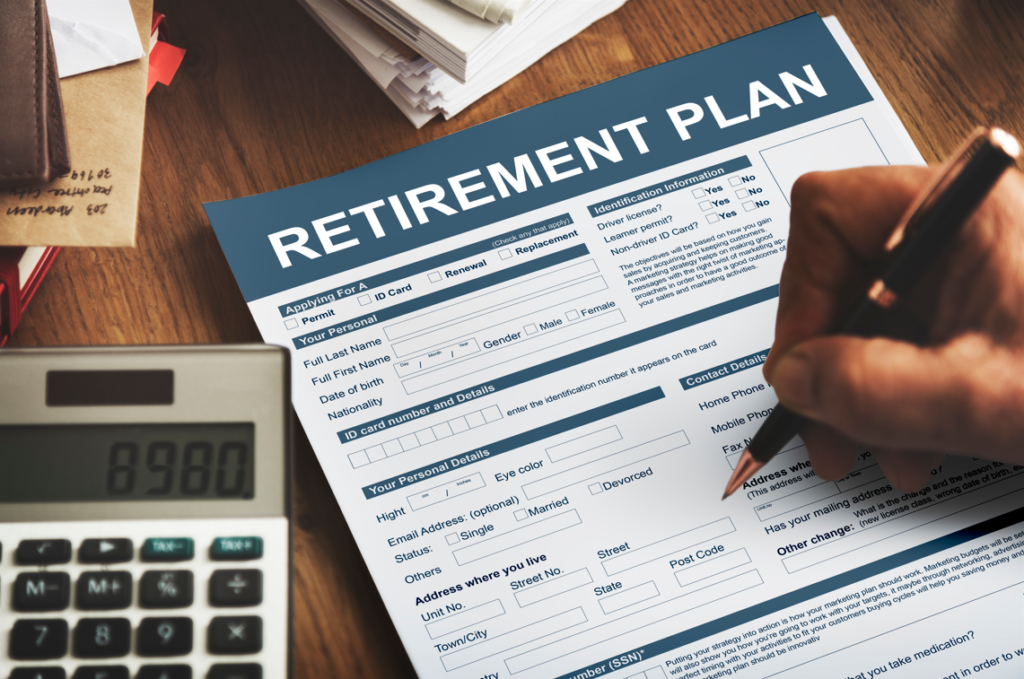What are the changes to the work test?
Under 75
From 1 July 2022, if you’re under the age of 75*, you no longer need to meet the work test to:- make non-concessional super contributions (including receiving spouse contributions); and
- make contributions through salary sacrifice.
Aged 75+
If you’re aged 75 and over, your fund will only be able to accept compulsory employer contributions (such as the Superannuation Guarantee) and downsizer contributions. Your fund won’t be able to:- accept salary sacrificed contributions;
- after-tax contributions; or
- personal deductible contributions.
What the changes mean for you
One key outcome of work test changes is that even if you’ve retired, you can now make after-tax contributions between age 67 and 74. In previous years, the work test meant that some people retired without enough time to save in their super. For members who previously failed the work test, now may be a good time to find out if you are still able to contribute.Downsizer contributions
From 1 July 2022, the minimum age for downsizer contributions was reduced from 65 to age 60, with no upper age limit. This may allow you to contribute up to $300,000 from the sale proceeds of your home to your super (subject to eligibility). You may be able to make downsizer contributions on top of other contributions, now that certain work test restrictions have been removed and the bring-forward rule has been extended to persons under 75 years of age in a relevant financial year.

Bring-forward rule extension
From 1 July 2022, if you’re under 75 years of age at any time in a financial year, you may be able to make a non-concessional contribution (NCC) of up to three times the annual non-concessional cap in that financial year. In 2022-23, the annual cap is $110,000. You must be under the age of 75* for your super fund to accept a non-concessional contribution. Wondering how much you can bring forward? It depends on your ‘total superannuation balance’ on 30 June of the previous financial year. Here are the details for 2022-23:
Not sure what your total superannuation balance is? Check ATO Online Services through myGov.
What the changes mean for you
- Before 1 July 2022, you had to be under age 67 at some point in the financial year to trigger the bring-forward rule in that year. Now, that age cap has been lifted to under age 75. This might be handy for older members who want to contribute a large lump sum that exceeds the annual cap (for example, if you have proceeds from selling your property, or an inheritance to invest).
- It’s important to make sure you don’t exceed your contribution caps, as this could mean footing an extra tax bill.
- Generally, the earlier you contribute, the more prepared you’ll likely be for retirement. These changes now give older Australians more flexibility to contribute, even in their early retirement. It may also allow them to increase their contributions using the bring-forward rule.
- Remember that these are only two changes in isolation. You should look at these in the context of your situation (and maybe your partner’s). Consider seeking financial advice to help you learn more about what contributions you could make, which types of contributions are appropriate and their implications.





